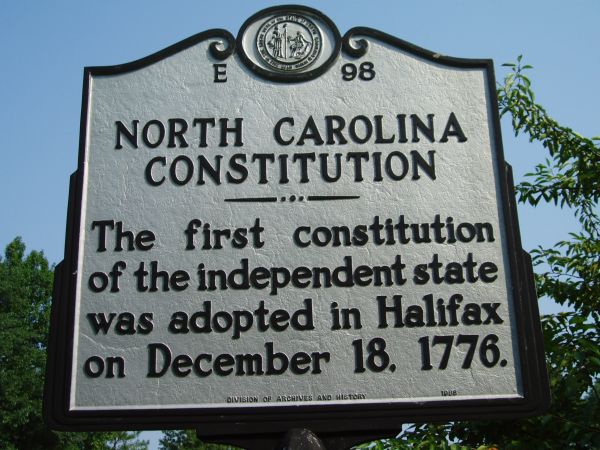Howard Husock writes for National Affairs about a critical failure among universities’ public policy schools.
Whatever your view of the role of government, it should be obvious that our society requires talented, trained, capable men and women who choose to spend all or at least part of their careers in public-sector employment. It is also obvious that our society now struggles both to motivate and to educate such people to take on such jobs. …
… Such roles cannot be dismissed as blandly “bureaucratic”; they combine purpose with complexity, whether that of policy design or logistics. Officials who hold such positions (or who must cover for vacant ones) are exactly those whom Americans expect to respond quickly and capably when a wildfire sweeps Maui, when a train derails in Ohio, or when a new virus emerges and rapidly spreads across the country. All enterprises and agencies experience turnover, of course. But there is good reason to believe that attracting candidates to such positions — especially those that combine expertise with political sensitivity — is an ongoing problem. …
… Yet it was not so long ago that an important solution to just such a problem appeared to have emerged. In the 1960s and ’70s, major universities across the country — including Harvard, Princeton, and Berkeley — established new graduate schools whose students would be trained for high-level, influential government jobs. …
… Whatever their other value, such schools are now falling short in their mission to prepare students for, and steer them toward, government roles. They are simply not serving as a pipeline into the upper echelons of government. …
… Averaged across all schools, the number of graduates choosing public-sector employment (in federal, state, or local government, or at an intergovernmental organization) in 2022 was just 34% — barely more than those choosing the private sector (30%) or the non-profit/non-government organization (NGO) sector (33%). Moreover, as the figure below shows, the public-sector employment percentage not only trends downward, its total has never approached the combined total of private and non-profit employment during the years since 2016 for which the statistics from most schools are readily available.


